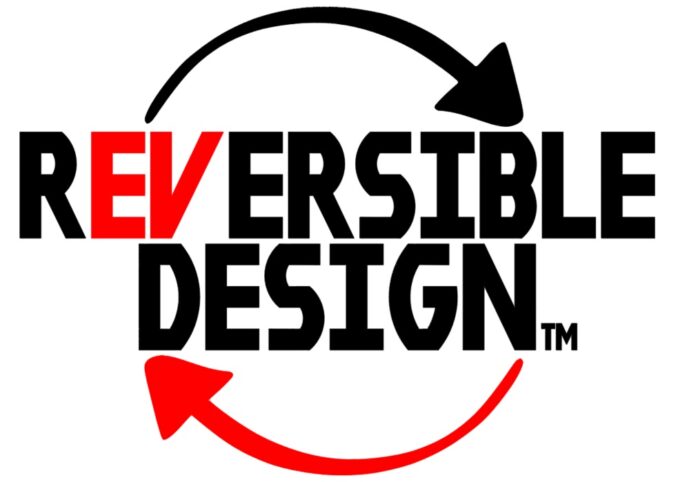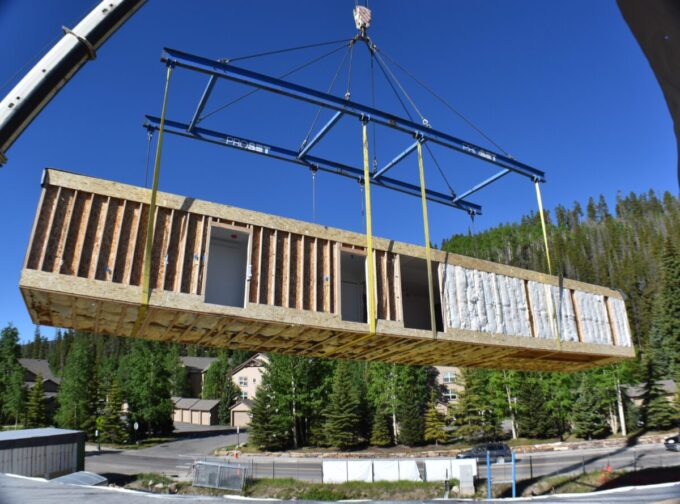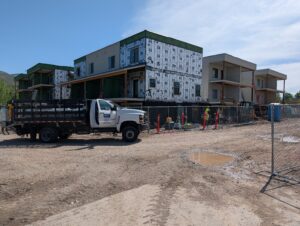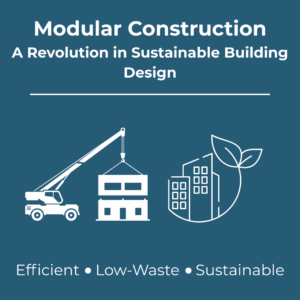Reversible Design (TM), by EVstudio, is the proprietary integrated Architecture and Engineering design process that allows the construction of modular buildings that can be deconstructed and relocated.
Speed, Quality, and Cost Savings
Reversible Buildings (TM) designed by EVstudio offer the same core benefits as modular construction: faster build times, consistent quality, and significant cost savings. Prefabricating components offsite shortens construction timelines, cutting labor costs and reducing material waste. Furthermore, factory-built modules ensure that quality standards remain high, and the project timeline becomes more predictable. As a result, developers see faster returns on investment and reduced exposure to on-site construction delays.
Tax Benefits and Flexibility
One of the key advantages of EVstudio’s Reversible Design (TM) approach is how it can allow for major portions of the building as personal property, depending on the application. Consequently, this process separates buildings from Real Property Assets, enabling the buying, selling, or trading of components in a secondary market. A cost segregation analysis may offer additional tax benefits through accelerated depreciation, depending on the application. Additionally, because the building’s components are modular, there’s a flexibility in resale or reconfiguration that traditional buildings don’t offer. It also significantly reduces initial construction costs during relocation. Owners can resell individual modules or reconfigure the building layout, creating new revenue streams and extending the building’s lifecycle.
Sustainable Construction for the 21st Century
EVstudio’s Reversible Design (TM) is one of the most sustainable approaches to building construction in the modern era. Designing for future reuse minimizes materials in landfills and reduces the environmental impact of deconstruction. Modular components are repurposed for new projects, lowering raw material demand and reducing carbon footprints. Consequently, this makes Reversible Design (TM) by EVstudio an ideal solution for developers focused on sustainability.
The Importance of Reversible Architecture and Engineering
To maximize the potential of reversible buildings, Reversible Architecture (TM) and Reversible Engineering (TM), both integrated services by EVstudio, must work in perfect harmony. Every design decision must be aligned with the modular, reversible framework. Whether it’s the structural layout, mechanical systems, or electrical plans. Poor coordination between these disciplines can limit the flexibility and reversibility of the building. A lack of integration could result in building systems that are difficult to disassemble or relocate, thereby negating many of the key advantages EVstudio provides with Reversible Design (TM).
For more details on how EVstudio’s Reversible Design (TM) can benefit your development, contact EVstudio’s experts today.











